Expertise
Computer Vision
From traditional imaging to highly complex machine vision applications, we have the expertise to meet industrial challenges and provide robust solutions for various indoor and outdoor applications. Our computer vision lab is an innovation center with energetic and versatile team members who have extensive expertise.
Use Cases Examples
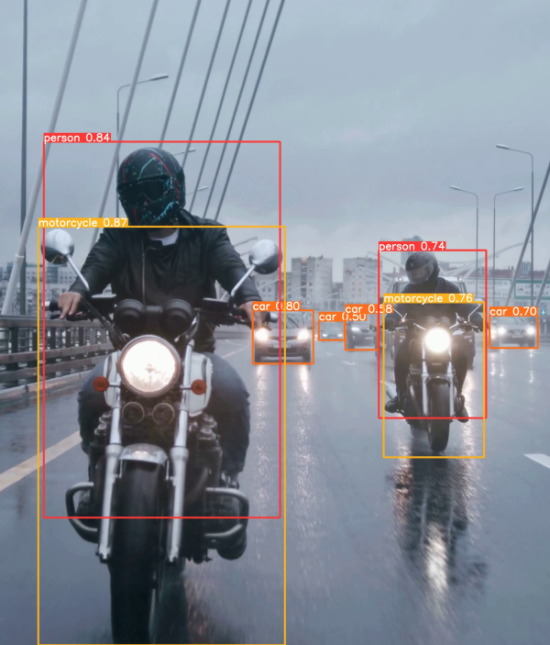
Object Detection
A crucial step in understanding a scene from 2D/3D images is object recognition. To identify and localize objects in an image/scene, our implementation is not only based on SOTA methods, but can furthermore scale and be used on any platform.
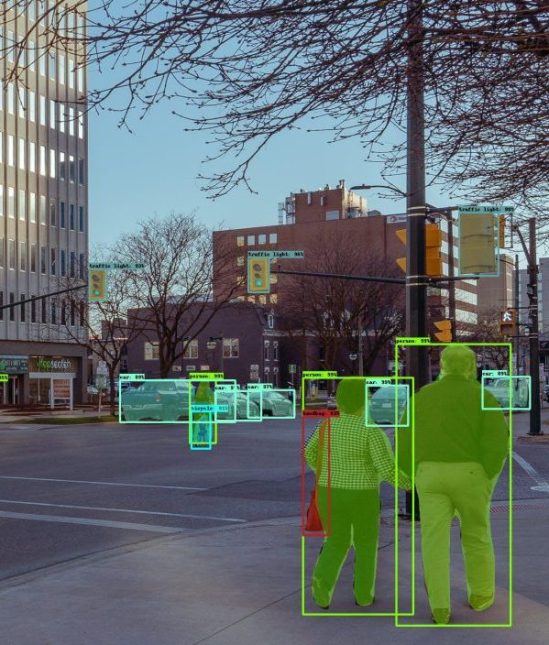
Segmentation
In addition to object detection, our solutions also enable the delineation of desired objects in the image to perform analysis of specified areas. This requires extensive model compression and cleanup to achieve real-time performance.
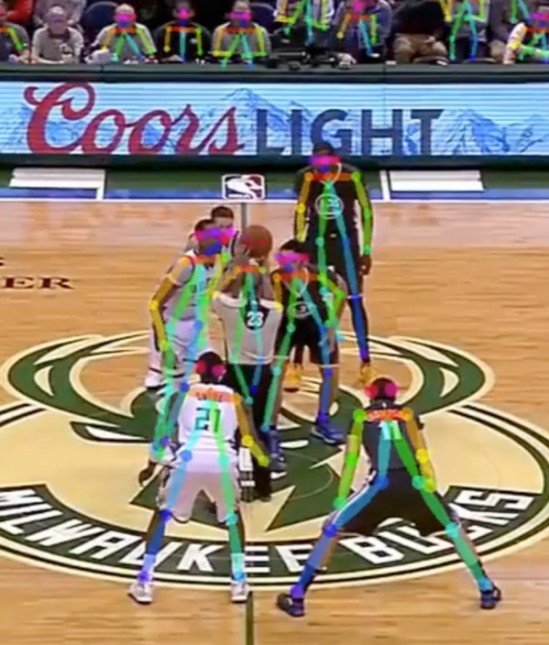
Pose Estimation
Several applications require the estimation of the pose of the underlying object, e.g., people, vehicles, etc., from monocular images. Although real-time pose estimation is used extensively in many applications, developing solutions for joint understanding of the environment is an interesting aspect.
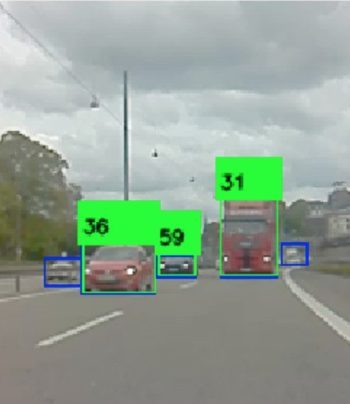
Tracking & Re-identification
Classical computer vision and SOTA machine learning methods provide high-quality tracking of the object of interest, but applications often require re-identification (to identify detected objects with the same identity throughout the sequence).

Depth Estimation
An important, challenging and difficult image processing task, especially with a single camera. With added consistency and scaling adaptation, we offer a robust and efficient solution that can be used not only for applications such as robotics, intelligent visual surveillance, and smart driver assistance systems, but also for artistic applications such as image focusing, simulations, and special effects.
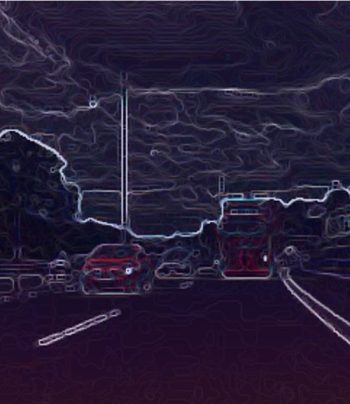
Classical Computer Vision
To achieve real-time performance, avoid lack of training data or task dependency, etc., it is sometimes useful to use analytical approaches. This requires concrete understanding and expertise to achieve robust results. Our interdisciplinary expertise provides compatible solutions to such challenges.
Artificial intelligence
Our AI team addresses the most essential challenges in computer vision by applying advanced AI and ML-driven techniques. This not only solves specific challenges, but also simultaneously offers significant advances in the global AI world.
Use Cases Examples
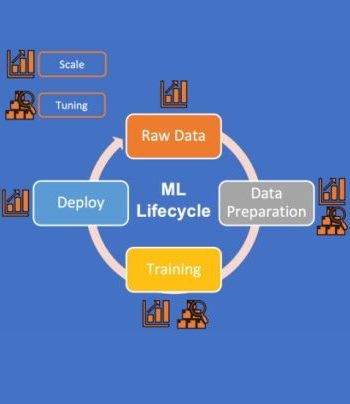
Hyperparameter optimization
Use of SOTA methods for searching in high-dimensional parameter spaces and for excluding low-potential optimization attempts to achieve higher inference rates while maintaining quality.
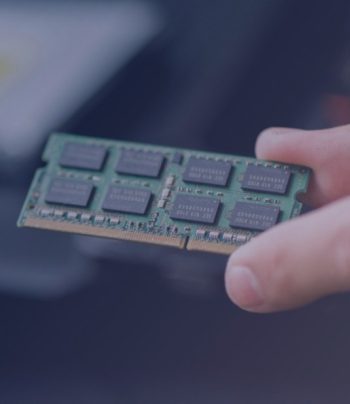
Scalable AI
To increase the deployment scope of the developed ML model, we provide a data-centric end-to-end solution for scalability in different phases of the ML lifecycle.
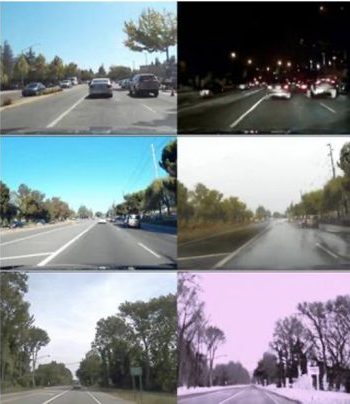
Domain customization*
When using different data sets, sensors, or applying to new environments, we can apply our experience to make the AI models and software run robustly and reliably under different operating conditions.
Autonomous driving & ADAS
Technology as a substitute for human senses. Supporting and replacing humans from the driver's seat requires a contemporary implementation. Our goal is to support the automotive industry through our offerings that are in line with modern technological innovations. Discover our extensive expertise in automated vehicles to advance next-generation driving.
Use Cases Examples
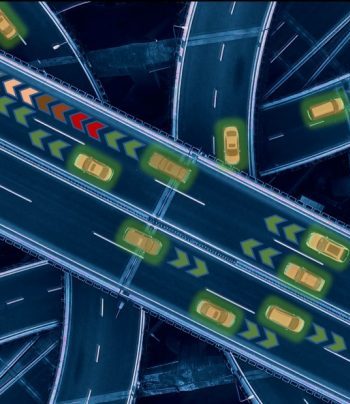
Trajectory planning
Search and detection of open spaces and paths where a vehicle can drive without risk of collision. How to enable the integration of information about detected vehicles and road objects to create smooth trajectories?
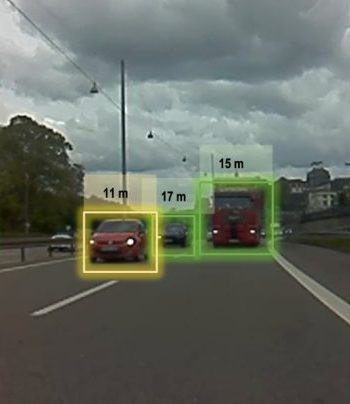
Distance estimation
In autonomous environments, calculating the distance between the vehicle ahead and the vehicle behind is a crucial aspect. This requires not only sophisticated techniques for formulating smooth distance predictions, but also suitable sensors and overall sensitive handling as well as testing.
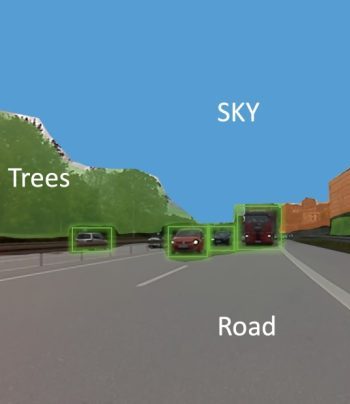
Scene comprehension
By simultaneously performing low-level vision tasks, such as detecting, tracking, and segmenting the surrounding vehicles or other objects, the scenes can be roughly interpreted. However, for autonomous driving, low-level vision tasks alone are insufficient to provide a complete understanding of the scene and require more intelligence.
SERVICES
Consulting
Are you interested in how you can benefit from AI applications or do you need advice on how to implement them? Get support from our experts here.
Engineering solutions
Services and projects can be planned together and implemented by us. Benefit from our agile way of working and contact us for an initial meeting.
Cooperation
Do you recognize common interests or would you like to form a partnership? Exchange ideas with us on this and let us envisage common goals.
